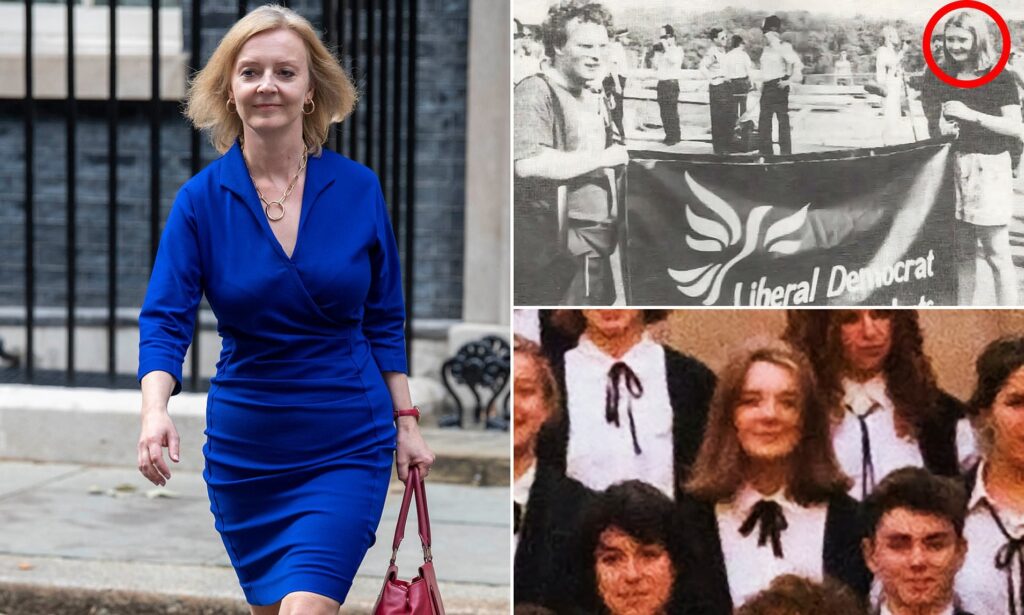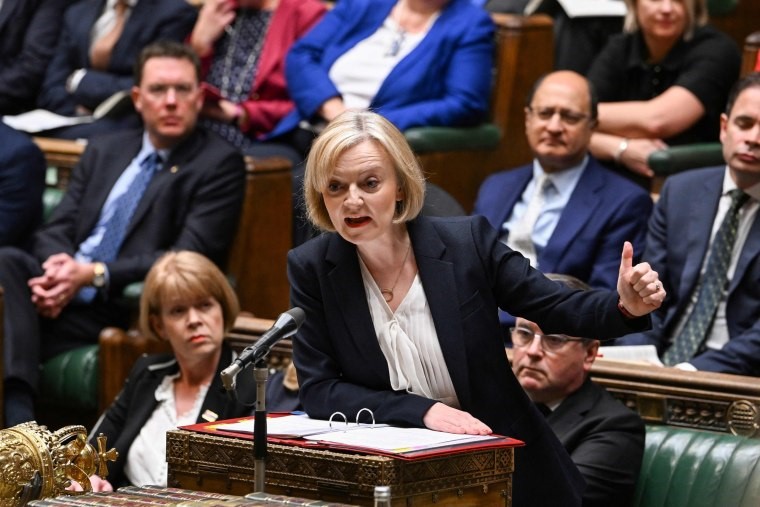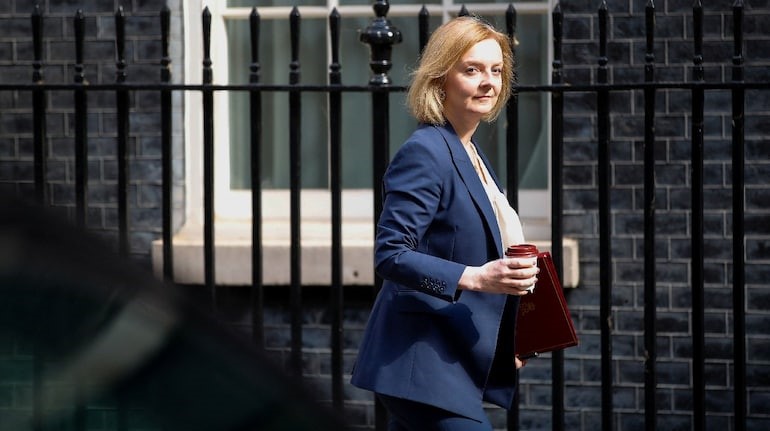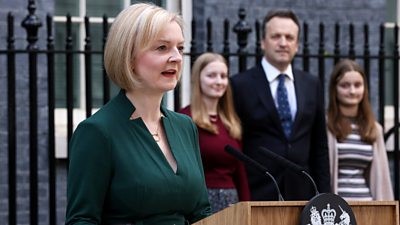After weeks of hustings against her rival, Rishi Sunak, for Prime Minister, following Boris Johnson’s resignation, Liz Truss was finally chosen to be the new Prime Minister and Conservative Party Leader by a majority of 57.4%.
However, Truss was forced to resign after just forty four days into her reign after her ambitious economic plan triggered a strong rebuke from the markets, the IMF, and her party members.
Background
Admittedly, Truss became PM at one of the most challenging times in recent history. She faced economic obstacles in the form of a cost-of-living crisis and inflation at levels not seen in four decades and war right on Europe’s doorstep. However, as governments across the world are racing to tame inflation and shield their citizens from skyrocketing costs, Truss prioritised economic growth and deregulation, thereby failing to deliver on a realistic economic plan for times such as these. Consequently, it was no surprise that she lasted just fortynine days in office.

Policy Outlook
In the face of the aforementioned challenges, much of the focus was on the economic policy that Truss planned to implement. Before discussing just why her policies failed, let’s have a look at her mini-budget to get an insight into the economic policy Truss planned to pursue.
Here’s a look at the key details of the budget :-
● The 45% additional rate income tax band for those earning more than £150,000 would have been scrapped entirely.
● The government would have brought forward a cut in the basic rate of income tax from 20% to 19% to April 2023.
● The 1.25 percentage point national insurance rise introduced earlier this year would have been cancelled.
● Household energy bills would have been capped at £2500.
● The UK would have scrapped any caps on banker bonuses or salaries.
● 40 investment zones would have been created with tax breaks for businesses.
● A promise of further tax cuts in the near future for corporations.
Clearly, Truss opted for an expansionary fiscal policy aimed at delivering a real growth of 2.5% by promoting more investment from corporations as a result of lower taxes.
However, that’s easier said than done.

Firstly, pursuing such a policy at a time when the Bank of England projected that the United Kingdom is in a recession and faces an eye-watering cost-of-living and inflation crisis was not only at odds with the BoE’s rate hikes, but also raised serious questions about how Truss plans to tame inflation and protect the weaker sections of the society.
The budget was also rightly criticised for prioritising the needs of the rich and exacerbating inequality by providing them with tax breaks, whilst offering no solutions to poor citizens who face huge real-wage declines and skyrocketing energy bills. The budget also hinted at unsustainable borrowing from the government to place a cap on energy bills, which will likely amount to £89 billion. While the energy price-cap was a step in the right direction, the Truss government failed to pinpoint where the funding for this cap and the proposed tax cuts would come. These decisions spooked investors, sent the pound tumbling, and meant that UK gilt yields skyrocketed. Ultimately, this policy was analogous to kicking the can down the road and leaving future generations to contend with the increased debt whilst offering tax relief to corporations.

While this policy offered few solutions to the average citizen, it was likely to boost investment in the UK, right?
Perhaps not. Studies by the Social Market Foundation have shown that corporation tax cuts used by successive governments in the UK have had little bearing on business investment and economic growth, undermining the argument that such tax breaks pay for themselves.
Cuts to corporation tax came with a net cost to the Treasury of almost £73bn between 2010 and 2018, and according to research, only once did an increase in business investment outweigh the cost in all those years.
Further, this budget presented no answers to how the government would make up for the decline in tax revenues, nor was it scrutinised by the Office for Budget Responsibility. Clearly, Truss planned for huge, unsustainable borrowing that will help her pay for the, admittedly much-needed, NHS reforms, public services, and caps on energy prices. Note that this debt will ultimately be repaid by taxpayer money, of which, the average citizen will bear the burden, with tax breaks for the rich and corporations.
The final rebuke for this reckless exercise in redistributing wealth from the average citizens to the rich came from financial markets. With the pound in free-fall, investors were paranoid by Truss’ unsustainable borrowing plan, and unable to predict how the BoE might react against Truss’ fiscal policy which was terribly at odds with the monetary policy the former was pursuing. This not only forced investors to look elsewhere for investment opportunities, but also left UK banks, pension funds and other financial institutions navigating choppy waters with great political and economic instability.
So much for a market-friendly budget.

Ultimately, such a reckless exercise, that had few supporters and an unsound economic backing, was bound to bring an end to Truss’ term. Even scapegoating her Chancellor, Kwasi Kwarteng and backtracking on almost all her tax cuts was not enough to rescue Truss and her quest for high-octane, free-market economics. All Truss now leaves behind is a tainted legacy, an uphill task for her Conservative Party to rebuild credibility, and a lesson in exactly what not to do in the current economic climate.
Probably the pound rising as soon as she left office tells us all we need to know about ‘Trussonomics’ and Truss’ ill-fated time as Prime Minister.
Written by Rohan Dubey
Edited by Labdhi Shah
